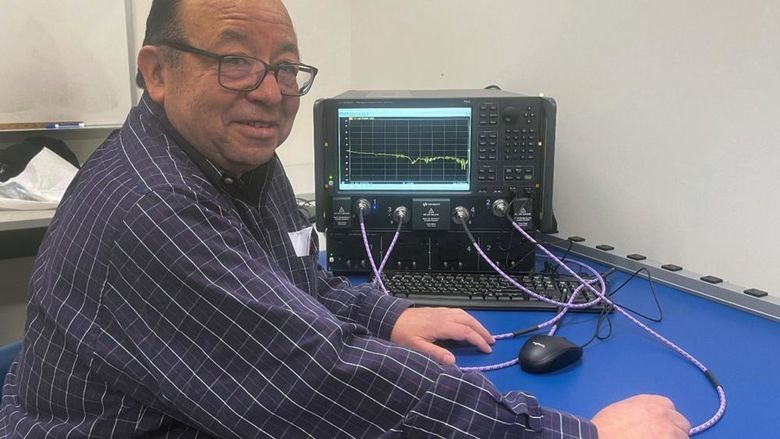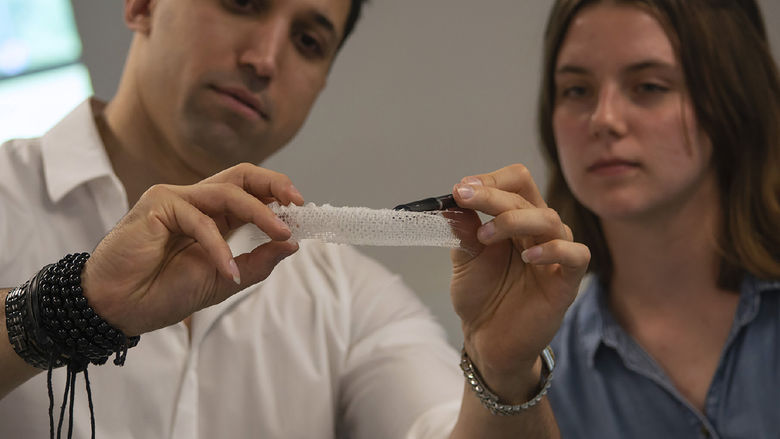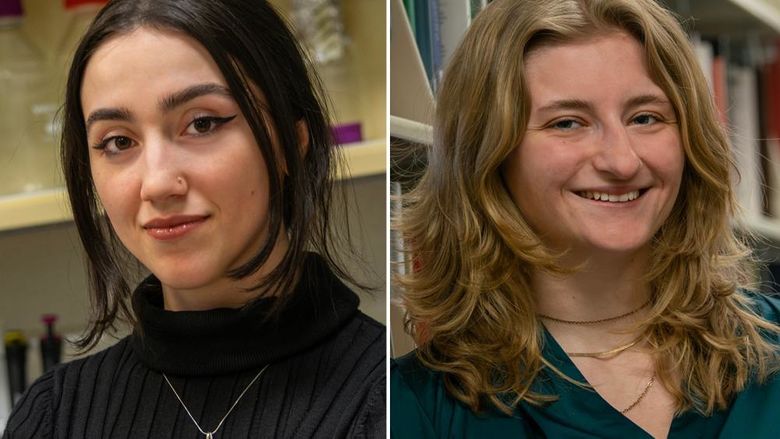
MIDDLETOWN, Pa. — Teams comprised of Penn State Harrisburg undergraduate computer science students took three of the top four spots in the recent virtual Gin Rummy Educational Advances in Artificial Intelligence (EAAI) Undergraduate Research Challenge.
The challenge was a part of the Eleventh Symposium on Educational Advances in Artificial Intelligence (EAAI-21). In the competition, 14 teams of undergraduate students from across the U.S. conducted research and developed bots to play the card game of gin rummy. The research at Penn State Harrisburg was funded in part by a Teaching Fellow Award from the Penn State Alumni Association.
The students’ journey to the competition began with the research-based course on algorithmic game theory taught by Jeremy Blum, associate professor of computer science in the college’s School of Science, Engineering, and Technology. The course focused on recent research in game theory and machine learning that was applicable to the gin rummy competition. The students built on that foundation and developed both their game playing bots and original research papers which were accepted for presentation at the conference after a peer-review process.
“When I was deciding to undertake this research opportunity under Dr. Blum, I was anxious as to whether I had what it took to work on the problem at hand,” said student Aqib Ahmed. “I needed to commit time, energy, and most of all, find enough courage and perseverance to start something about which I didn’t know much. However, the entire process made me realize that research is something that I naturally enjoy. I sharpened my skills to collaborate with my peers and learn things as they came up with enough depth and breadth to form a good understanding of the concepts as they apply in the real world.”
Ahmed, with teammates Joshua Leppo, Michal Lesniewski, Riken Patel and Jonathan Perez, won the competition with a bot that used a novel hand strength estimation model for the game. The research was presented at the conference in a paper titled “A Heuristic Evaluation Function for Hand Strength Estimation in Gin Rummy.”
“My team’s efforts yielded a bot that managed to defeat all the other bots in the undergraduate research challenge in terms of win-rate over a large number of games,” said Ahmed. “The experience broke down my pre-existing anxiety about trying to solve a big problem and the confidence to pursue questions that provoke my curiosity. It was one of the most formative experiences in my undergraduate studies as a student of computer science.”
Another team comprised of Penn State Harrisburg students Benjamin Goldstein, Jean-Pierre Astudillo Guerra, Emily Haigh and Bryan Cruz Ulloa earned a share of second place with a group from Gettysburg College. They used machine learning approaches to develop their bot and extracted lessons for human players from their bot’s learned strategies. These lessons aided to resolve conflicting or ambiguous advice found in gin rummy playing guides. The research was presented in the paper, “Extracting Learned Discard and Knocking Strategies from a Gin Rummy Bot.”
“I am very proud of my team for coming in second place,” High said. “Dr. Blum and my teammates made this whole experience very fun and I learned a lot. Playing lots of games of gin rummy with my friends really paid off.”
The team of Jacob Gallucci, Richard Bowser, Sarah Kettell and Christian Overton extended hand fitness models in the development of their bot. They built a model that looked at individual cards in the hand to improve discarding decisions. Their bot did very well in the competition. Only the top three places were officially announced; however, their bot was in fourth place prior to the selection of the top three teams. The title of their paper was “Estimating Card Fitness for Discard in Gin Rummy.”





